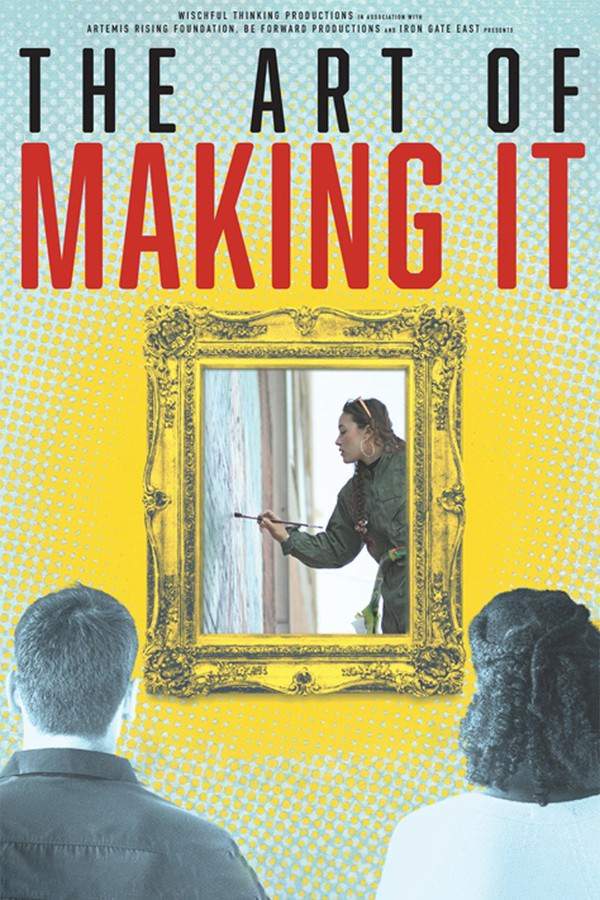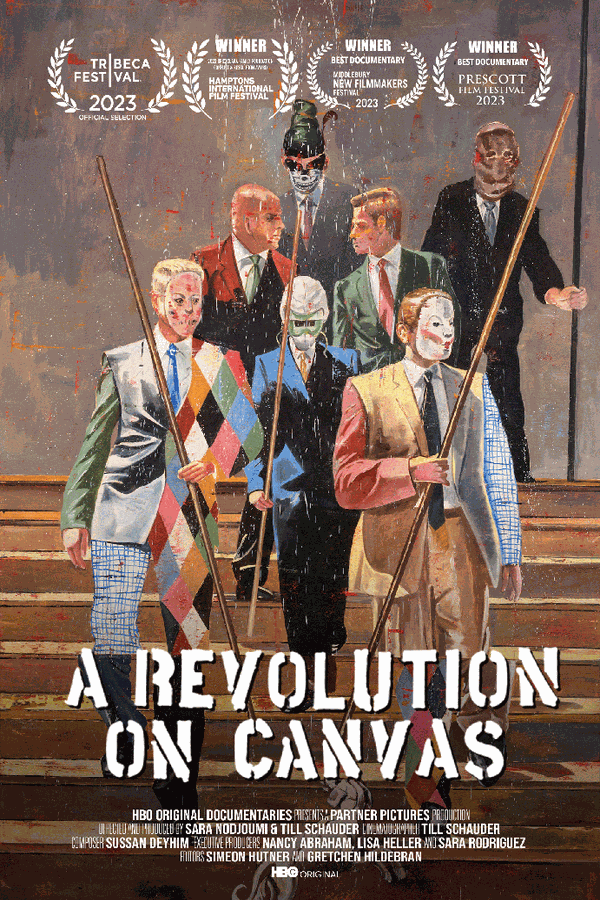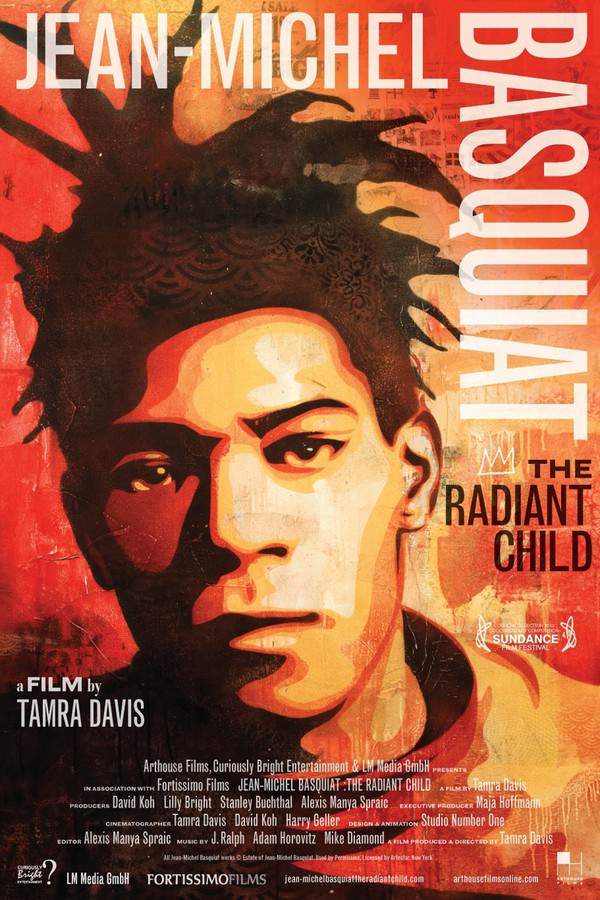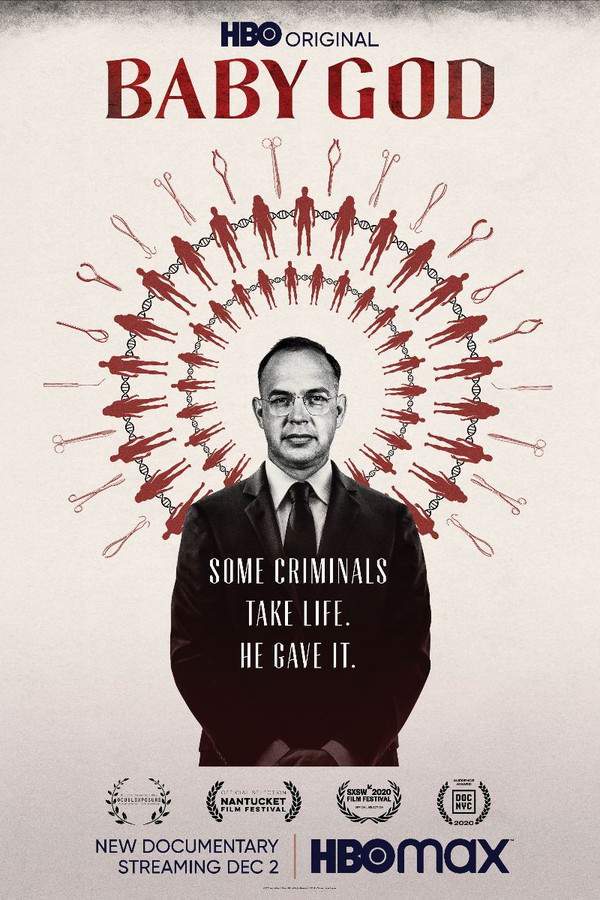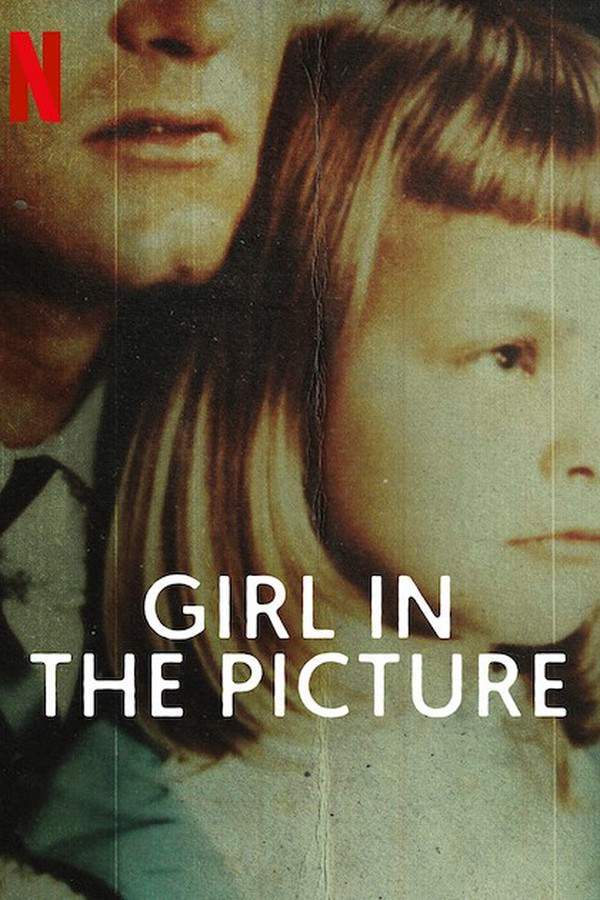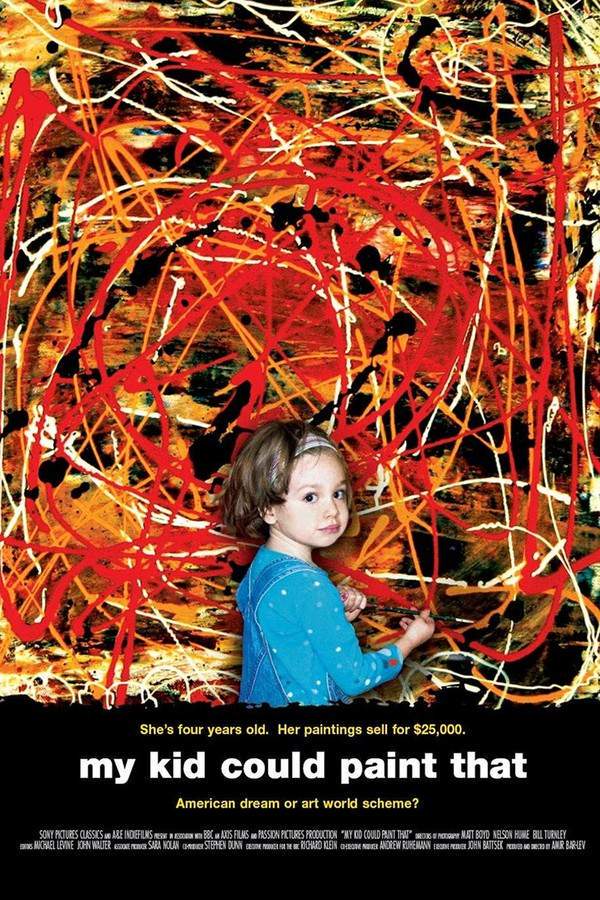
My Kid Could Paint That
Year: 2007
Runtime: 82 min
Language: English
Director: Amir Bar-Lev
A four-year-old girl’s extraordinary artistic talent leads to international acclaim and soaring prices for her paintings. As her fame grows, questions arise about the genuineness of her abilities, triggering a media frenzy that jeopardizes her family’s reputation and financial security. A documentary filmmaker investigating the phenomenon finds himself increasingly involved in the controversy, grappling with ethical dilemmas and the family’s request for understanding.
Warning: spoilers below!
Haven’t seen My Kid Could Paint That yet? This summary contains major spoilers. Bookmark the page, watch the movie, and come back for the full breakdown. If you're ready, scroll on and relive the story!
My Kid Could Paint That (2007) – Full Plot Summary & Ending Explained
Read the complete plot breakdown of My Kid Could Paint That (2007), including all key story events, major twists, and the ending explained in detail. Discover what really happened—and what it all means.
My Kid Could Paint That is a revealing 2007 documentary film directed by Amir Bar-Lev, known for his earlier work on Fighter in 2000. The film explores the emerging art career of Marla Olmstead, a talented young girl from Binghamton, NY, who captures attention as a child prodigy of abstract painting. However, her journey spirals into controversy as questions arise regarding the authenticity of her creations—did she truly craft these masterpieces on her own, or did she receive assistance or guidance from her parents?
The documentary was acquired by Sony Pictures Classics in 2007 following its debut at the Sundance Film Festival. In a reflective narration, Marla’s father, Mark Olmstead, an amateur painter himself, recounts how Marla eagerly observes him at the easel and expresses a desire to contribute, resulting in her being provided with her own canvas and painting supplies.
A friend suggests displaying Marla’s artworks in his coffee shop, leading to unexpected offers for purchase, further escalating her rise to fame. A local journalist, Elizabeth Cohen, pens a piece on Marla after consulting her parents about the implications of media exposure. Subsequently, Cohen’s article gains traction when it is picked up by the influential New York Times, thrusting Marla into the limelight, complete with television appearances and gallery exhibitions across New York and Los Angeles. The staggering sales of her artwork peak at over $300,000.
However, the narrative takes a darker turn when Marla’s parents watch a CBS News segment from 60 Minutes II in February 2005, which casts doubt on Marla’s alleged painting prowess. The segment involves input from Ellen Winner, a child psychologist who specializes in the cognition and talent of children in the arts. Upon viewing footage of Marla’s paintings, Winner initially admires them, stating: > “It’s absolutely beautiful. You could slip it into the Museum of Modern Art and absolutely get away with it.”
Yet, as the conversation unfolds, Winner observes Marla’s painting on video and comments that it appears like typical behavior of a regular child, noting: > “Because she’s not doing anything that a normal child wouldn’t do. She’s just kind of slowly pushing the paint around.” The hidden camera footage captured by CBS shows Marla working on a painting over the span of multiple sessions, leading Winner to declare that she sees no signs of prodigy—merely a “normal, charming, adorable child” painting, albeit with a guiding influence.
The discussion leads to speculation on the stark differences between Marla’s well-regarded earlier works and her more recent endeavors. Winner suggests that given the quality of a piece painted under observation, it raises doubts about Marla’s earlier renowned pieces—were they entirely her own, or was there another hand at play?
The film culminates in thought-provoking questions surrounding the essence of art itself, particularly abstract expressionism, the media’s tendency to glorify and then subsequently vilify their subjects, and the very nature of documentary storytelling itself. In the end, viewers are left to draw their own conclusions about Marla Olmstead’s remarkable yet contentious artistic journey.
Last Updated: November 07, 2024 at 22:35
Unlock the Full Story of My Kid Could Paint That
Don't stop at just watching — explore My Kid Could Paint That in full detail. From the complete plot summary and scene-by-scene timeline to character breakdowns, thematic analysis, and a deep dive into the ending — every page helps you truly understand what My Kid Could Paint That is all about. Plus, discover what's next after the movie.
My Kid Could Paint That Timeline
Track the full timeline of My Kid Could Paint That with every major event arranged chronologically. Perfect for decoding non-linear storytelling, flashbacks, or parallel narratives with a clear scene-by-scene breakdown.

Characters, Settings & Themes in My Kid Could Paint That
Discover the characters, locations, and core themes that shape My Kid Could Paint That. Get insights into symbolic elements, setting significance, and deeper narrative meaning — ideal for thematic analysis and movie breakdowns.

Similar Movies to My Kid Could Paint That
Discover movies like My Kid Could Paint That that share similar genres, themes, and storytelling elements. Whether you’re drawn to the atmosphere, character arcs, or plot structure, these curated recommendations will help you explore more films you’ll love.
Explore More About Movie My Kid Could Paint That
My Kid Could Paint That (2007) Scene-by-Scene Movie Timeline
My Kid Could Paint That (2007) Movie Characters, Themes & Settings
My Kid Could Paint That (2007) Spoiler-Free Summary & Key Flow
Movies Like My Kid Could Paint That – Similar Titles You’ll Enjoy
The Painter and the Thief (2020) Story Summary & Characters
Made You Look: A True Story About Fake Art (2021) Full Summary & Key Details
The Art of Making It (2022) Full Summary & Key Details
A Revolution on Canvas (2023) Film Overview & Timeline
Jean-Michel Basquiat: The Radiant Child (2010) Complete Plot Breakdown
The Kid Detective (2020) Spoiler-Packed Plot Recap
My Rembrandt (2021) Film Overview & Timeline
Mommy Dead and Dearest (2017) Detailed Story Recap
Kids for Cash (2014) Spoiler-Packed Plot Recap
Baby God (2020) Story Summary & Characters
Girl in the Picture (2022) Complete Plot Breakdown
Art Talent Show (2024) Ending Explained & Film Insights
The Kids Grow Up (2010) Detailed Story Recap
The Stolen Painting (2024) Movie Recap & Themes
The Kid (1999) Full Movie Breakdown





